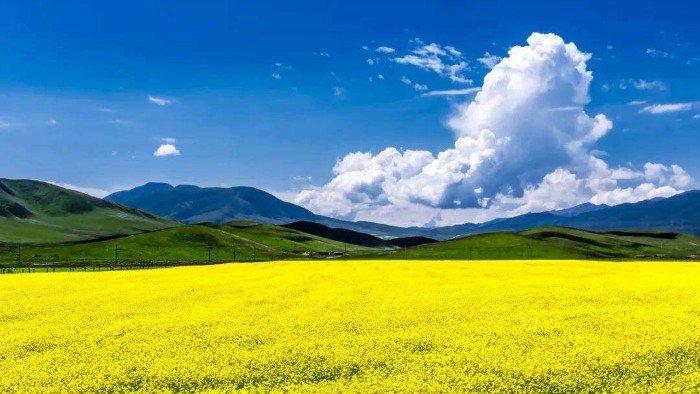The xilamuren grassland is 90 kilometers (60 miles) from Hohhot, Inner Mongolia. Siramuren means “Yellow River” in Mongolian, referring to the river that flows through it. It is famous not only for its vast green grasslands but also for the nearby puhui temple. The best time is summer, because the weather is pleasant and the grass is greenest. The grassland has developed into a tourist destination and now has a strategic location for well-equipped yurts.

From July to September, hordes of tourists are eager to visit the shiramuren grassland to enjoy the greenest grassland and the blooming flowers. In addition, it is also a good place for tourists to escape the hot weather in other tourist destinations. Due to the high altitude and high latitude, the average temperature in summer is between 18-21 ° c (64-70 ° f).
Try a horse ride. Of course, most available horses are docile and the experienced trainer will accompany you. Horses are an important means of transportation for local herdsmen. Riding horses across the vast grasslands not only allows them to experience the life of the local people, but also gives them a complete relaxation. In recent years, xilamuren grassland scenic area has carried out a series of adventure activities, including riding camels, playing sandcarts and so on. Those who take part in these activities please abide by the safety rules.
The annual nadam fair is held on the hillamuren grassland in late July or early August. During this time, visitors can watch many interesting folk performances performed by local people, especially men. Horse racing, wrestling and shooting are the three basic skills of Mongolian men. At the nadam fair, the audience can not only see the wonderful performance of the brave grassland athletes, but also participate in these activities to show their skills and express their pride. When night falls, the bonfire party makes everyone excited and enthusiastic.
Puhui temple is very popular among tourists, and the local people always call it zhahe temple because it is located on the bank of the zhahe river. Built in 1759, the temple has three south-facing palaces. Inside the temple, visitors can admire the magnificent architecture of the han and Tibetan combination. There is an old well in front of puhui temple.
Leave a Reply